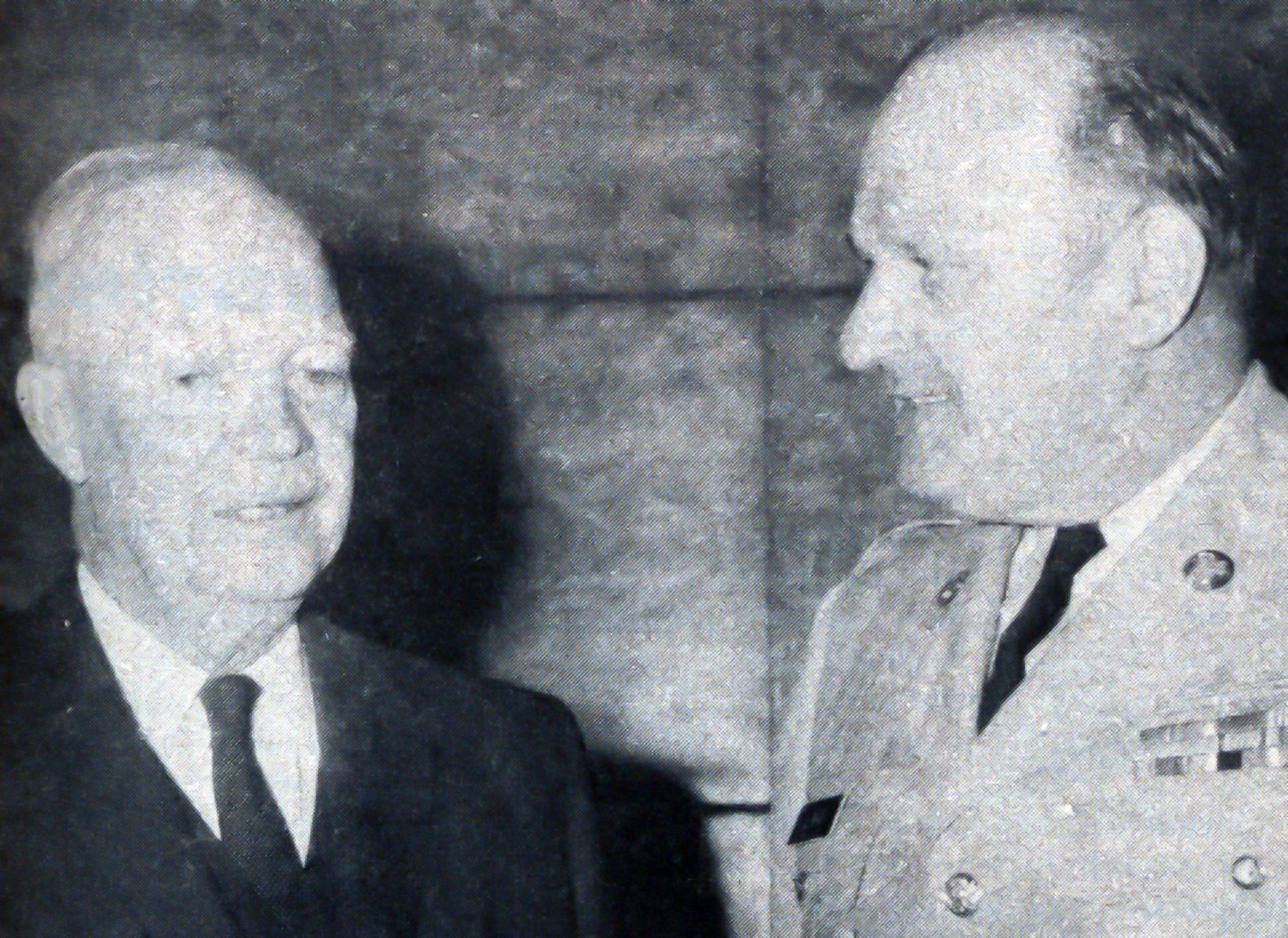#FlashbackFriday: The Korean War Begins, and the Exchange is There
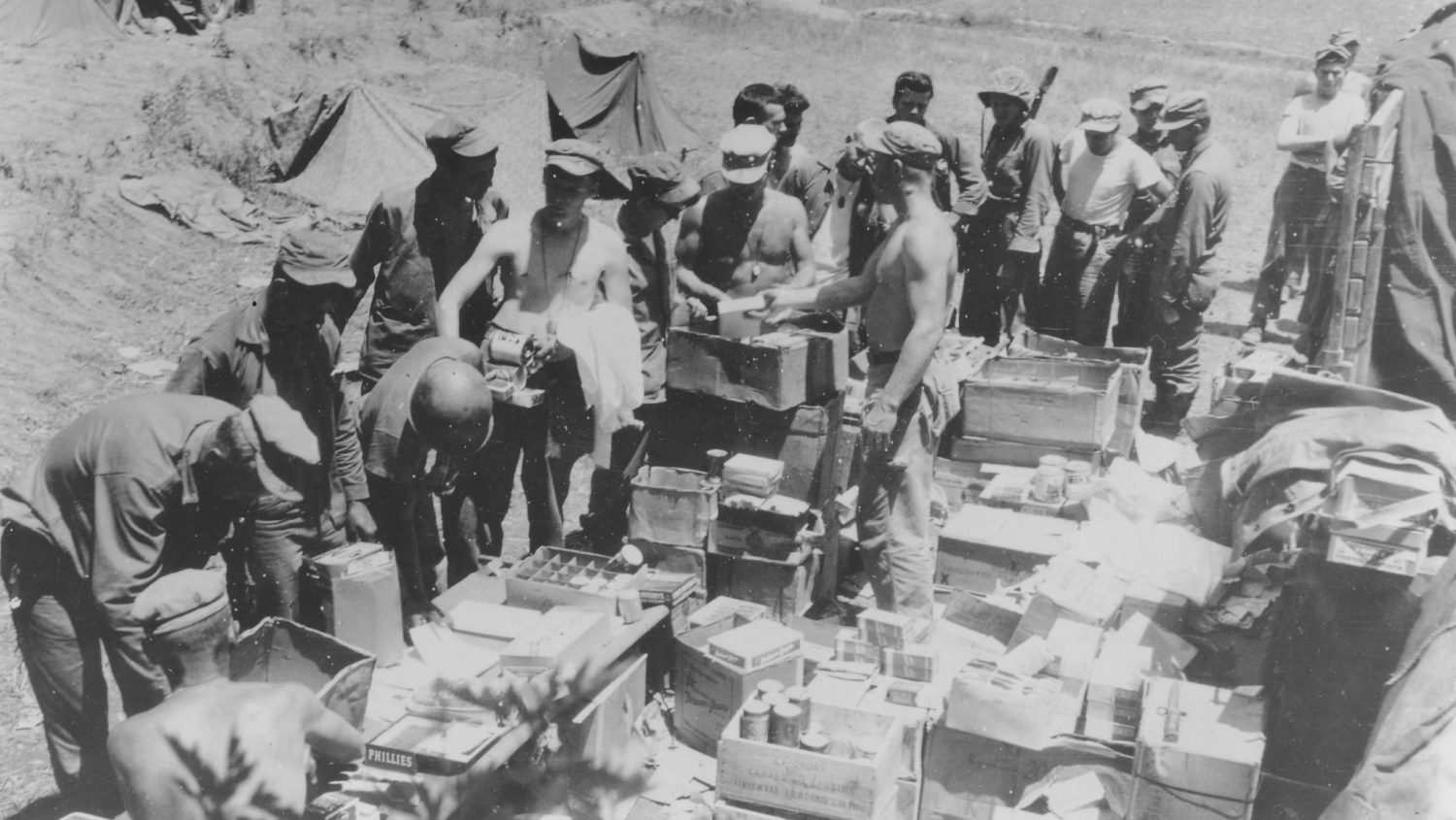
Seventy-five years ago this week, on June 25, 1950, Korean People’s Army troops from North Korea streamed across the 38th parallel and invaded South Korea. When the North Koreans did not withdraw in response to a United Nations resolution, President Harry Truman authorized the commitment of U.S. forces in South Korea. The Korean War began, and would last until July 1953.
The Exchange responded quickly. As former Stateside World War II bases were reactivated to train the rapidly expanding Army and Air Force, the Exchange ensured that Soldiers and Airmen preparing for deployment to Korea had the resources they needed. And from its headquarters in Yokohama, the Japan Central Exchange began providing merchandise to PXs in Korea.
Here’s a photographic look at the Exchange during the war.
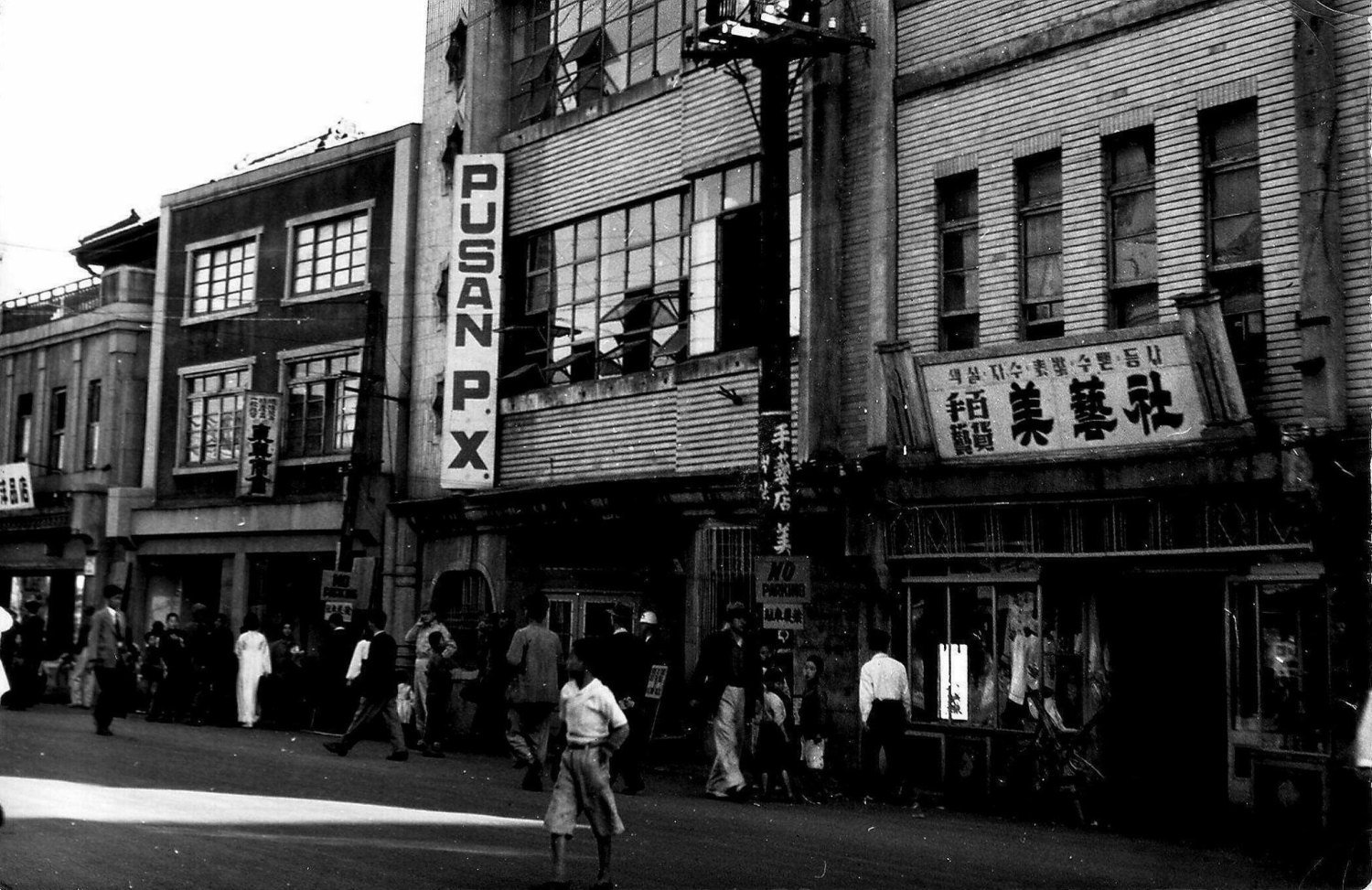
The PX in Pusan, South Korea, during the Korean War. An Exchange depot in Pusan handled hundreds of tons of merchandise and equipment purchased through the Exchange in the United States. Some weeks, more than $1 million worth of supplies was shipped to Pusan. One shipment was so large that it required 199 freight cars to haul the merchandise from the port to PXs throughout the country.
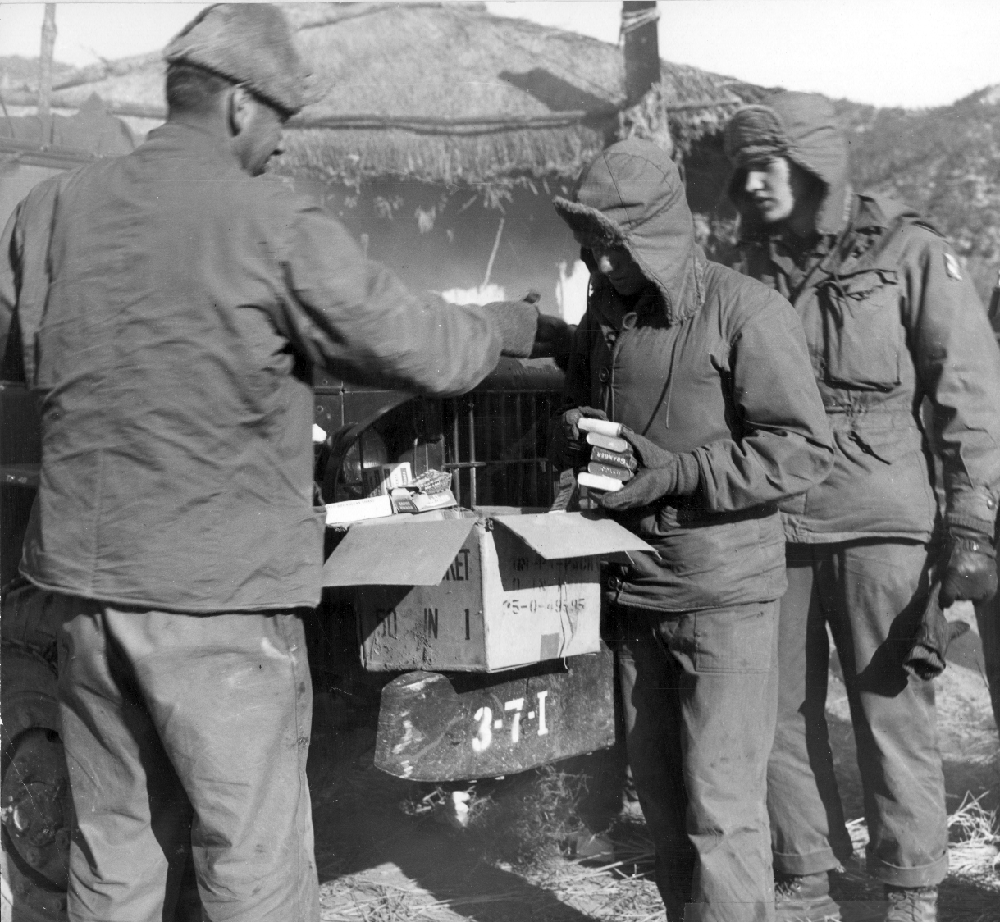
1950: American GIs in a mountainous region of South Korea receive their PX rations, delivered to them by a mobile exchange Mobile exchanges exemplified the Exchange’s “We Go Where You Go” motto during the war and came in a variety of forms, ranging from a C-47 Air Force PX to a two-car PX train used by a military police battalion to 10 2½-ton trucks at Pusan Depot.
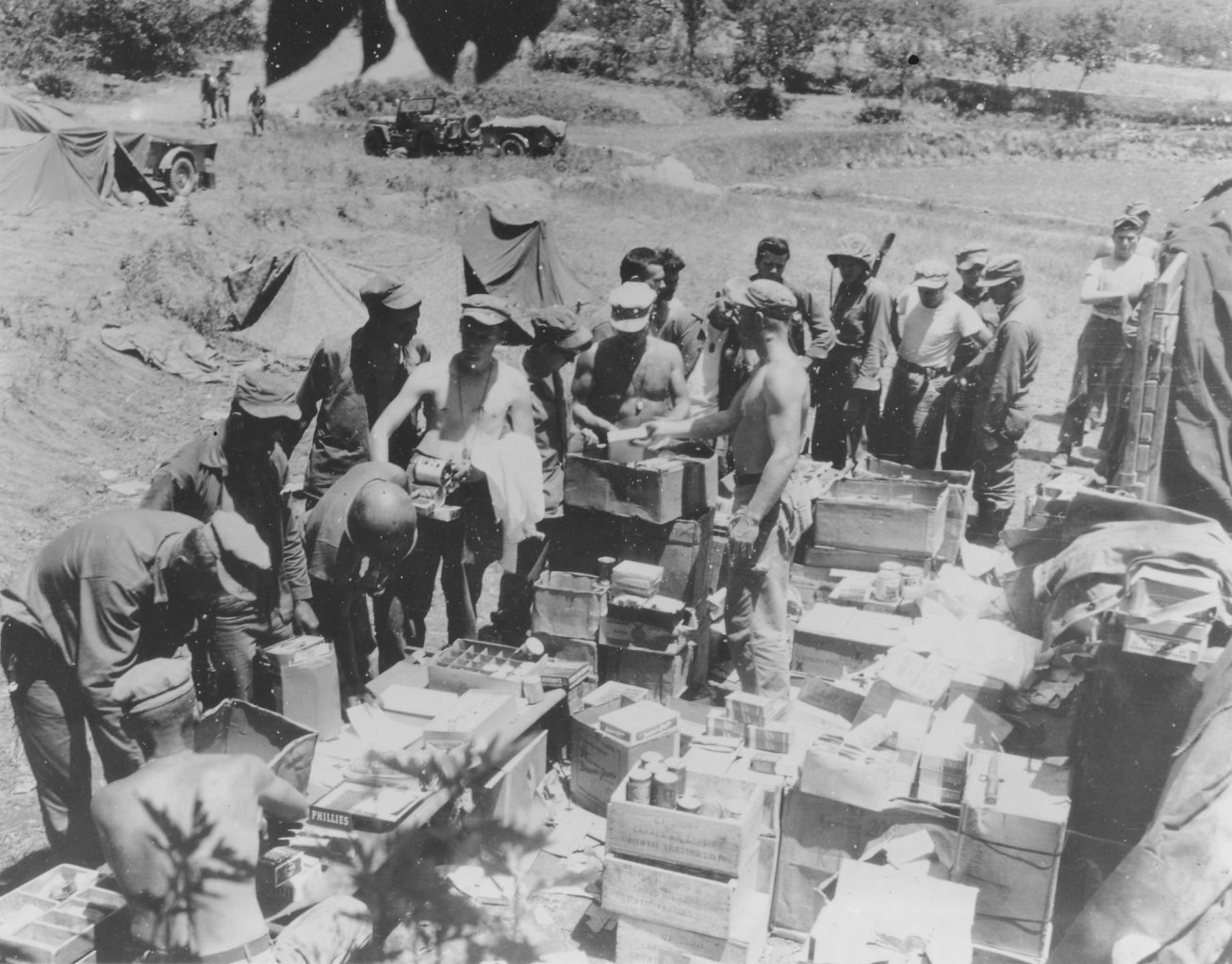
1951: American Soldiers on the battlefront during the Korean War go through post exchange merchandise delivered to them via helicopter.
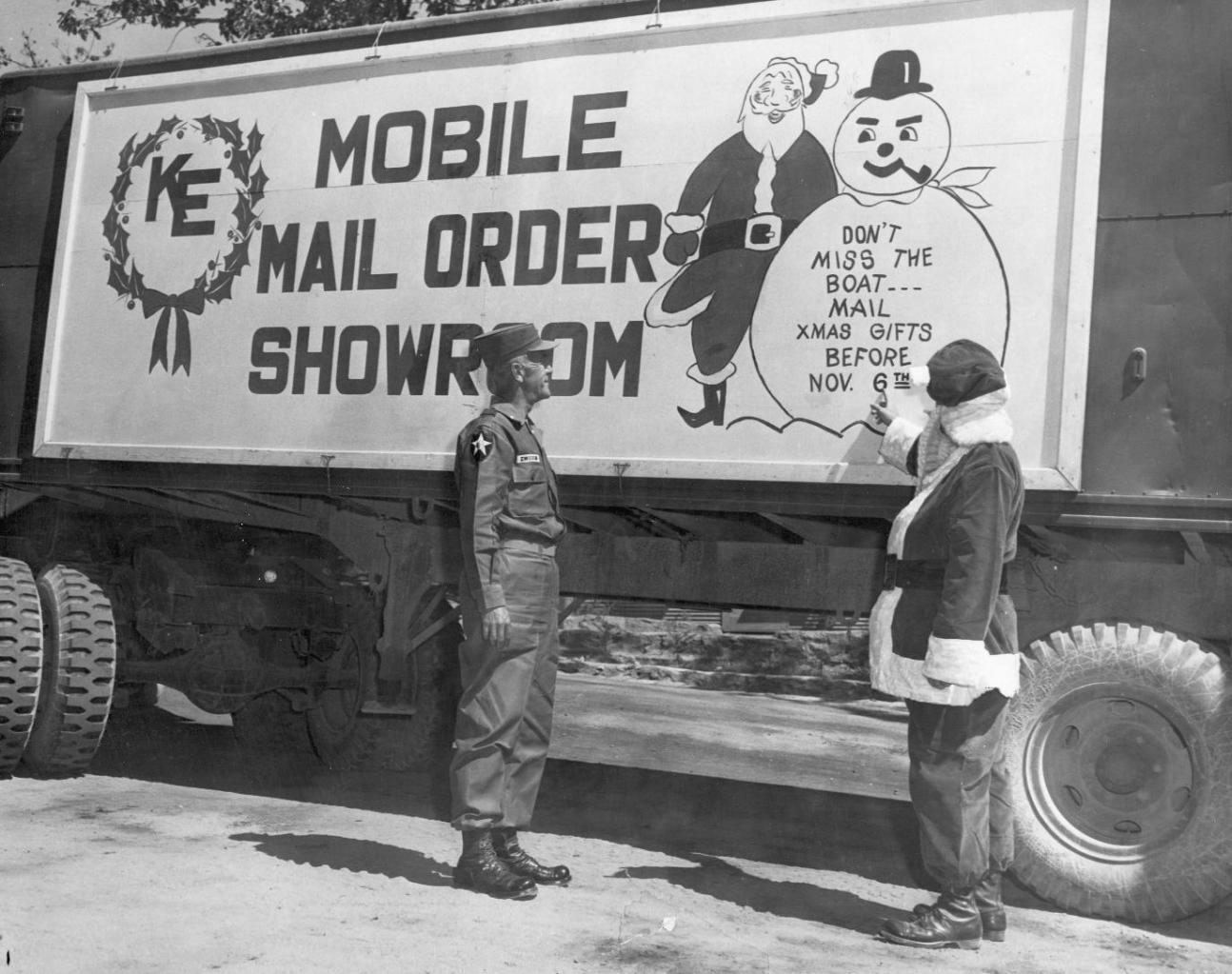
The roots of modern-day Exchange catalogs date back to the Korean War during Christmas 1950. Pictured, from 1951: A Soldier shops at a mobile showroom in Korea set up by the Japan Central Exchange. Operation Santa Claus allowed troops to order gifts for families and friends. Volunteers in Japan wrapped and mailed the gifts.
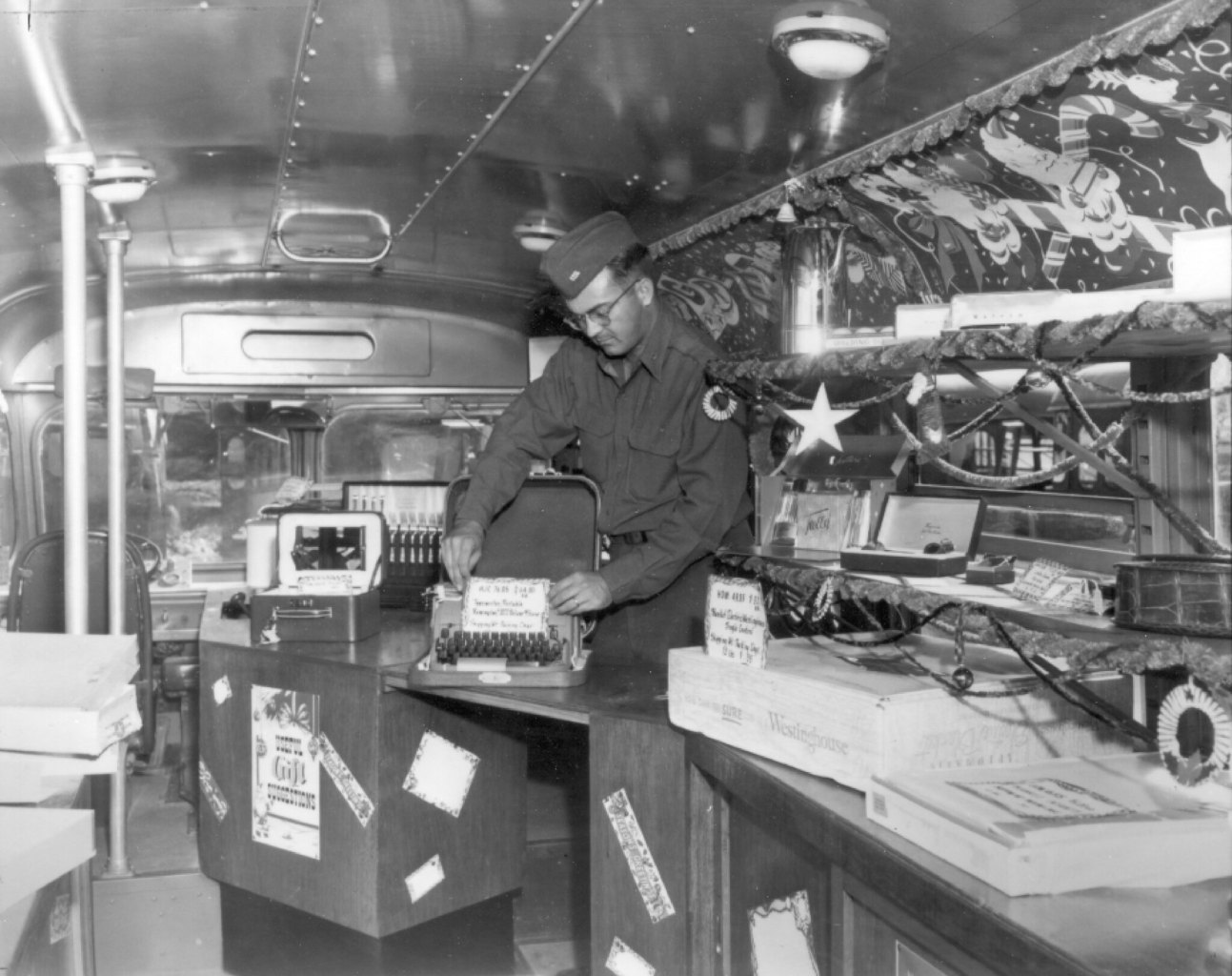
With help from AAFES, the Japan Central Exchange renovated 18 school buses into mobile retail facilities that traveled throughout Korea during the war. Pictured, from 1952: A service member prepares gifts for American GIs serving in the Korean War to send home to their loved ones during the holidays.
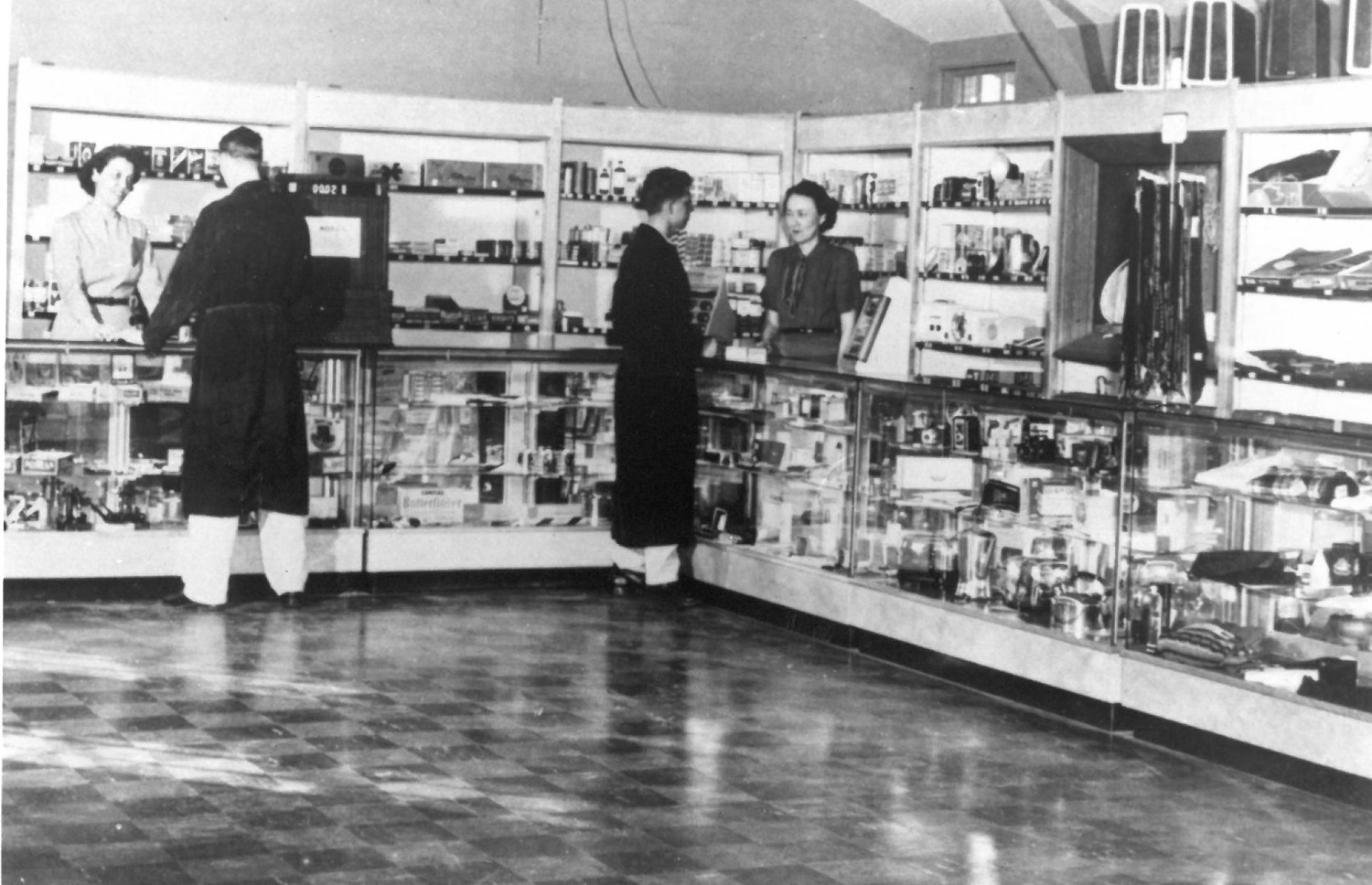
A hospital exchange at Sheppard AFB, Texas, for American troops injured in the Korean War, 1952. Throughout history, exchanges have opened branches in military hospitals to serve Warfighters injured in battle.
Exchanges continue to operate throughout South Korea. In 2017, the Exchange opened a 300,000-square-foot shopping mall at Camp Humphreys, its third-largest store in the world. In November 2021, the Exchange unveiled a 255,800-square-foot distribution center and bakery at Camp Humphreys.
Exchange HQ in Dallas is on Walton Walker Boulevard, named for native Texan Lt. Gen. Walton Walker, Eighth Army commander during the Korean War. Walker, a Veteran of both World Wars, was killed in a jeep accident north of Seoul in December 1950. He was buried in Arlington National Cemetery in 1951, the year that Walton Walker Boulevard was given its name. Camp Walker, home to the Korea Southern Exchange, is named for him.
SOURCES: Exchange Post archives, Exchange History on Flickr, Wilson Center Digital Archive, One Hundred Years of Service: A History of the Army and Air Force Exchange Service


